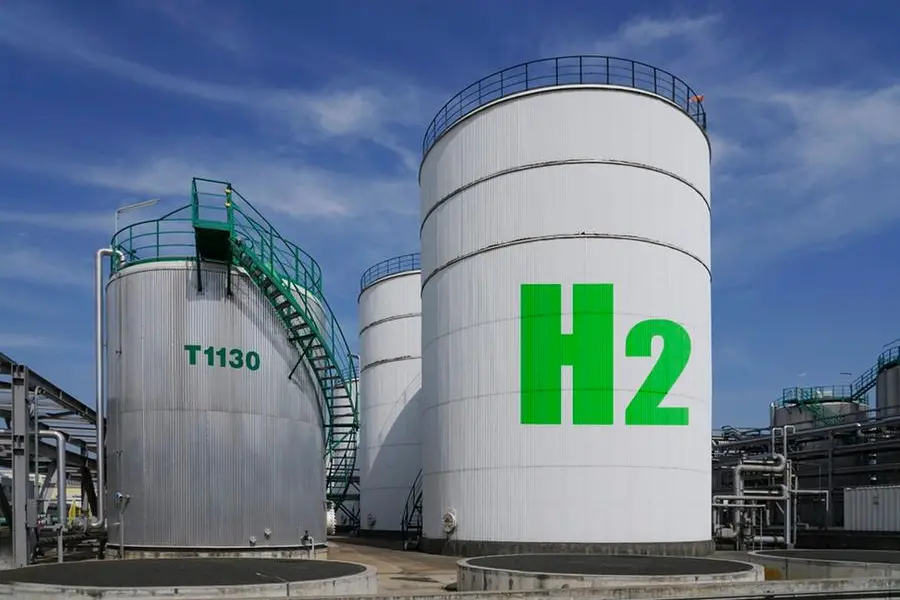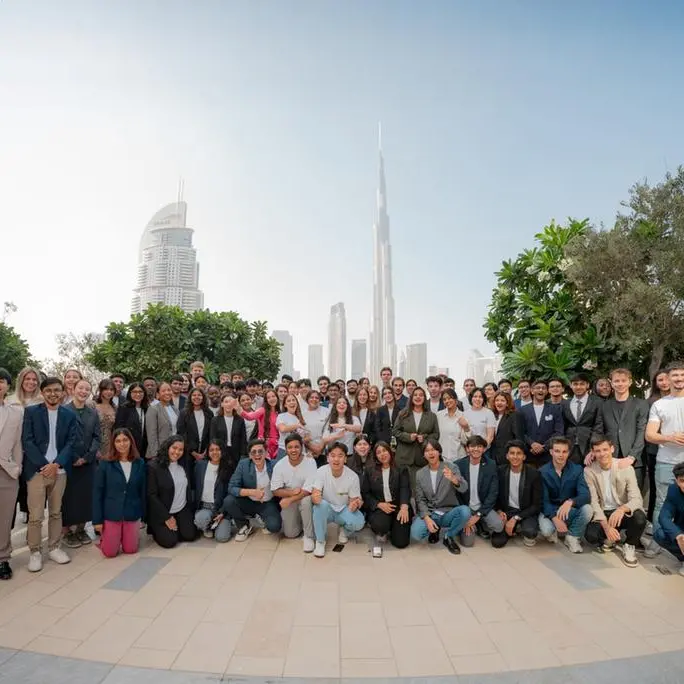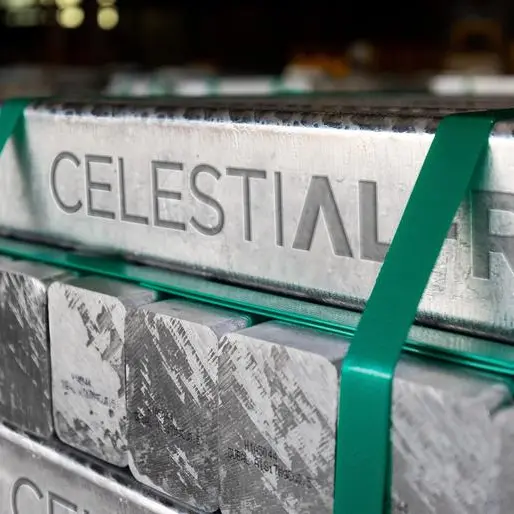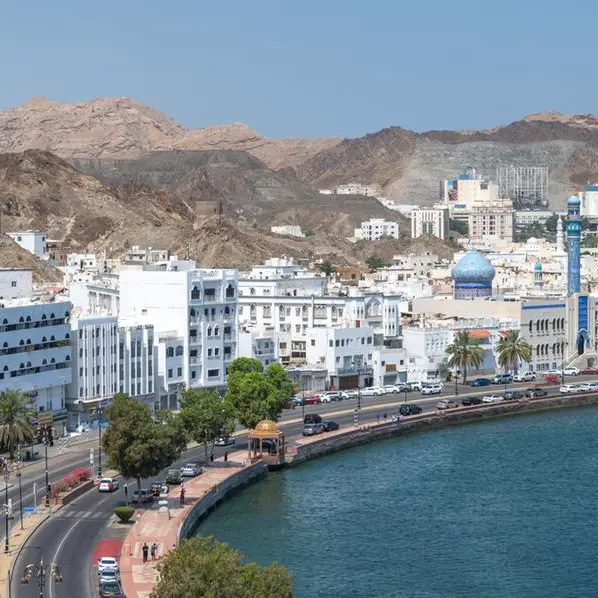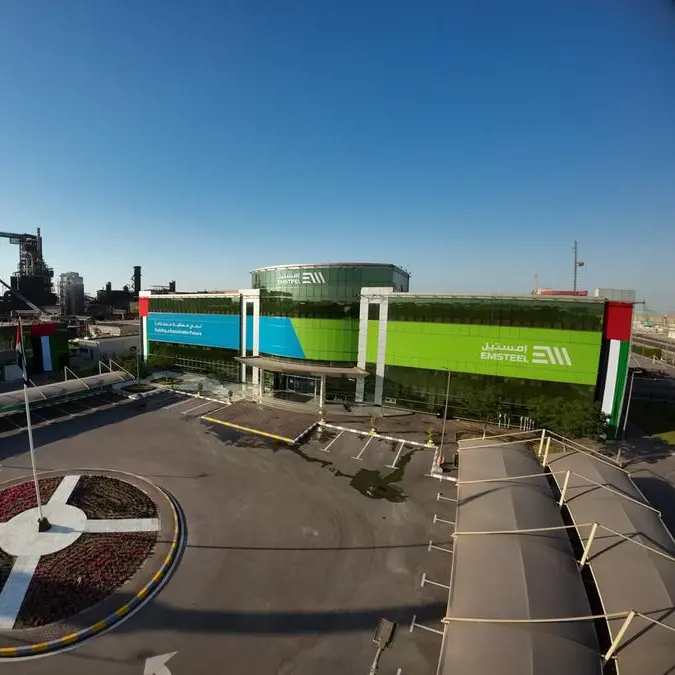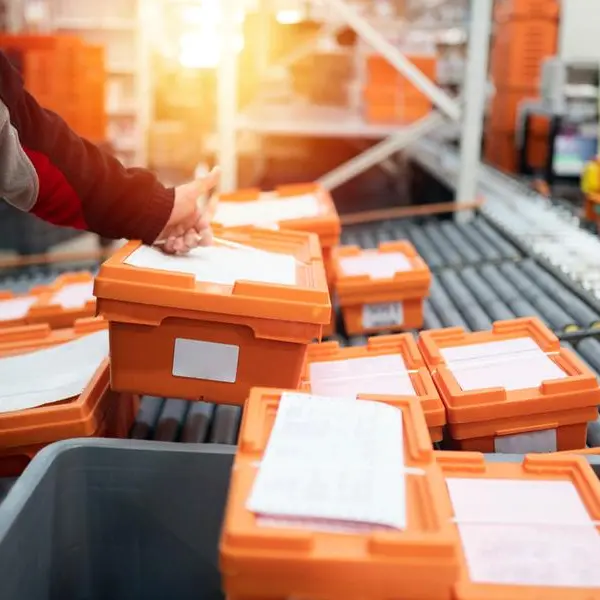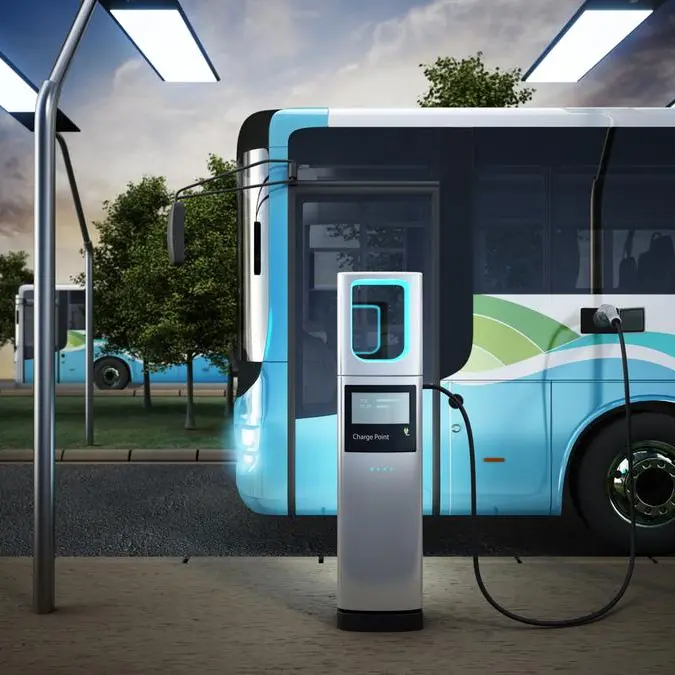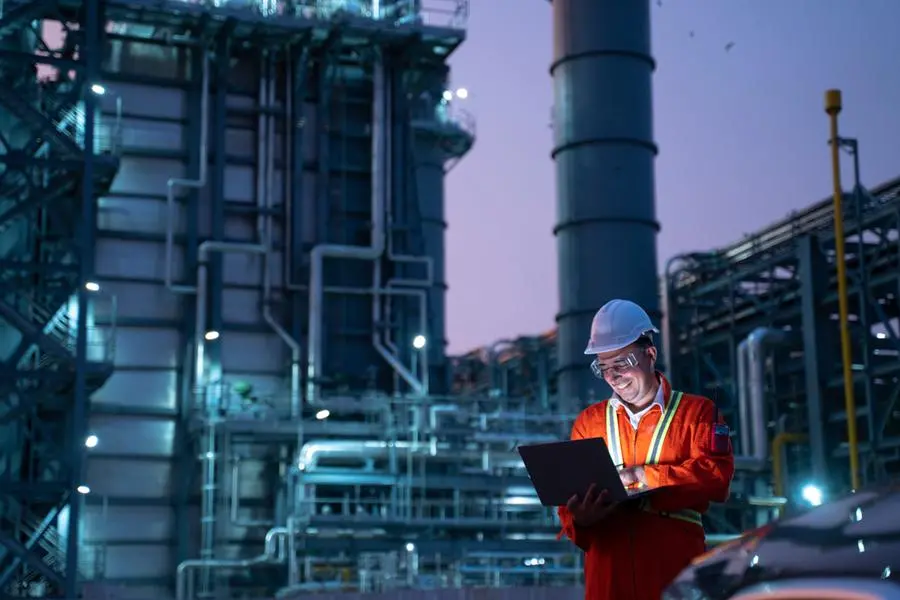PHOTO
Photo used for illustrative purpose only. Hydrogen tanks at chemical refinery. Source: Getty Images
With green hydrogen regarded as a decisive tool to achieve climate goals, governments worldwide are working at top speed to finalise strategies, policies to kick-start domestic demand, production and trade.
K&L Gates partners James Douglass in London, David Wochner in Washington DC, Kelly Davies in Sydney, Melanie Bruneau in Brussels, and Annette Mutschler-Siebert in Berlin participated in a townhall on global hydrogen policy and regulatory developments, which was moderated by Sandra Safro, Associate General Counsel at the Edison Electric Institute, and co-host of Hydrogen Rising. Here are the key region-wise takeaways from the Townhall.
European Union
- The European Green Deal presented 11 December 2019 aims for climate neutrality by 2050.
- The European Climate Law passed 30 June 2021 legislates this commitment and targets a 55 percent reduction in greenhouse gas emissions by 2030 compared to 1990 levels.
- The ‘FIT for 55’ package adopted by the European Commission on 14 July 2021 is a set of proposals to make the EU's climate, energy, land use, transport and taxation policies fit to achieve these targets.
- The Repower EU plan announced 8 March 2022 outlines measures to make Europe independent from Russian fossil fuels before 2030 as a result of its invasion of Ukraine. This includes diversifying gas supplies, increasing LNG imports from non-Russian suppliers, including larger volumes of biomethane, and higher renewable hydrogen production and imports.
Germany
- Germany aims for carbon neutrality by 2045. Over €1.2 billion have flown into ground research and development projects and getting technology readiness in place.
- The hydrogen strategy announced June 2020 targets 10 gigawatt green hydrogen production by 2030 and has dedicated €9 billion distinguished into €7 billion for projects within Germany and €2 billion for international collaboration projects. One of those has been concluded with Australia last week.
- There are three ongoing pilot projects worth €740 million being dealt with by international consortia of research institutes, industry and academia. H2Mare aims to produce hydrogen on sea with offshore wind turbines and transform it into easily transportable forms like ammonia. The TransHyDe project will develop, evaluate and improve technologies for transporting hydrogen and H2Giga will further the production of electrolysers at scale.
- In the transport sector, public procurement of hydrogen buses and trains is ongoing, and the country is trying to create incentives for the decarbonisation of industries like steel and chemical industries.
- Is developing a ‘carbon contracts for difference’ instrument. €900 million has been approved for the H2Global scheme to facilitate hydrogen trade. It is a double auction process whereby the state sources green hydrogen from non-EU countries and sells it locally and pays for the current price differential for green hydrogen.
- The country is focussing on transborder collaborations for transportation and expects to significantly scale renewables but finding the right funds is an issue in Germany.
United Kingdom
- The UK published its low-carbon hydrogen policy August 2021 in addition to the Prime Minister's 10-point plan for a green industrial revolution and an energy white paper.
- Has set a target of 5GW low-carbon hydrogen production by 2030 and 1GW by 2025 and has created a framework to support private investment. The 2030 goal may be realized but the 2025 goal is in some doubt.
- The UK Government has committed £240 million for low-carbon hydrogen funds.
- The consultation process for a contract for differences (CFD) mechanism is ongoing. CFD is critical to get bankable projects. It's meant to bridge the gap between the cost of high and low carbon hydrogen. The government entity will take the price risk between an agreed fixed strike price - the producer’s cost plus returns - and a reference price which is intended to represent a market value of hydrogen. The reference price is difficult to define as it could be different for different jurisdictions. It could be a carbon price, gas price or actual price received for hydrogen. The task for the government is to come up with a reference price which reflects that and decide on the contract duration.
- Studies around using existing gas infrastructure for transport and blending a certain percentage of hydrogen is underway.
- Green hydrogen will score in the long term as the price differential between hydrogen and higher carbon forms of energy will decrease overtime.
France
- The French state is devoting €9 billion to implement its hydrogen strategy. The key objectives are structuring industrial projects around electrolyser production, development of equipment for hydrogen mobility and hydrogen production for industrial decarbonisation.
- The ordinance of 17 February 2021 on hydrogen is the first legal framework for guarantees of origin for renewable hydrogen.
- The Code of Energy was updated to define the three categories of hydrogen as renewable hydrogen, low carbon hydrogen and carbonised hydrogen produced from fossil fuels. With this, France is moving away from colours and the French legislature wishes to accelerate renewable or low carbon hydrogen development by giving adjusted value to its production.
United States
- The Bipartisan Infrastructure Law passed last year allotted $8 billion for developing hydrogen hubs across the country and the funding opportunity announcement for the program is expected in May.
- The law has defined clean hydrogen as hydrogen produced with less than two kilogrammes of CO2 equivalent at the site of production. It's mandatory to reassess whether it is still the right level, or if it should be ratcheted down within five years.
- Grant money was appropriated to the Department of Energy(DoE) for the deployment of manufacturing and recycling of clean hydrogen technologies. The DoE recently issued Request for Information (RFIs) to solicit inputs on how those grant programmes should be solicited and executed.
- The Build Back Better Act, which would include a hydrogen production tax credit is a critical component in order to advance upstream hydrogen production and bring down the cost of green hydrogen. The Act has been renamed as Better America Act and there is an indication that the clean energy tax credits that were part of the Build Back Better Act will remain.
- Uncertainty on how to get the permitting done, how to build the infrastructure and some jurisdictional issues need to be conquered before scaling up.
- Domestic industrial sector decarbonisation efforts offer significant opportunities for both blue and green hydrogen in the US.
- Developing global hydrogen trade is impossible without standardising the commodity or developing certificates of origin, an instrument that determines how the hydrogen was produced, and is a deterrent for exports.
Australia
- The Australian government both at the federal and state level is focusing on export opportunities.
- The New South Wales Government aims to commit A$70 million of a A$750 million Net Zero Industry and Innovation budget to develop hydrogen hubs. In October 2021, the Department of Planning, Industry and Environment, NSW provided A$3 billion towards developing hydrogen supply chains in the state.
- The Northern Territory released its master plan last year and is focussed on developing a broader hydrogen and clean energy economy. Its geographically well suited for potential export opportunities to the Asia Pacific region.
- Queensland is supporting hydrogen innovation and recently announced support for purchasing zero emission vehicles including hydrogen vehicles. The state is well situated for export opportunities and is focused on jobs. The Queensland renewable energy jobs fund provides initiatives to bring investment into the state and has a separate job component.
- Southern Australia will develop a A$593 million hub in Whylla and is focussed on integrated clean energy solutions including hydrogen.
- Victoria is looking to support the downstream hydrogen supply chain but has not channelled enough funds into it.
- Western Australia has allocated healthy funding for hydrogen generation and has been focused on legislative harmonisation with state-based laws and certificate of origin schemes.
(Writing by Sowmya Sundar; Editing by Anoop Menon)
